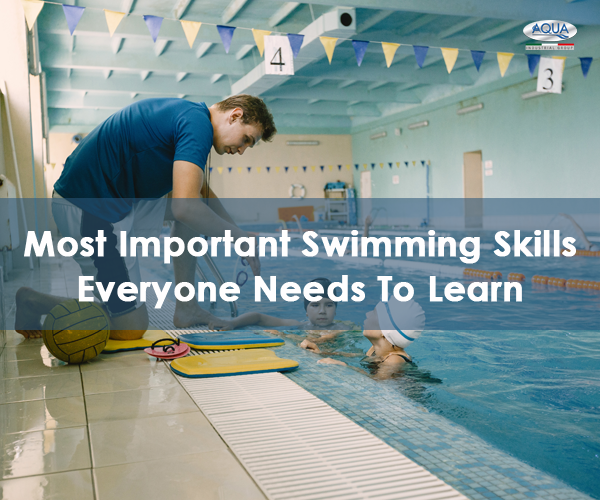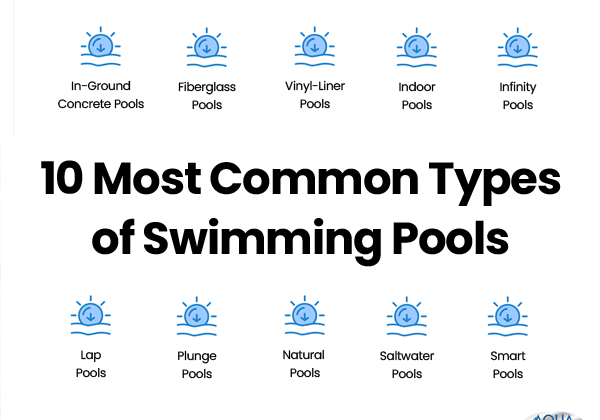Swimming Basics; Most Important Swimming Skills Everyone Needs To Learn
Swimming is a fun and excellent way to remain in shape, but it is not as simple as it seems. Swimming requires coordination and strength throughout the entire body, despite how easily water bodies float through the liquid. For greatest effectiveness, you must coordinate the movements of your arms and legs while breathing and timing your strokes.
If you are someone who is interested in swimming, this blog will walk you through the most important swimming skills everyone needs to learn to become a pro swimmer.
#1: Breathing properly while swimming
If you look into the history of swimming practices you could learn that this is an important swimming skill to learn. You won’t be able to enjoy swimming If are not comfortable breathing while doing it. Without proper breath intake you will slow down and get tired easily. You have to practice breathing out with both your nose and mouth when your head is underwater. Then when you lift your head to the side take a full breath before putting your face back down.
How to practice this:-
- Hold onto the side of the pool with your arms outstretched
- Stand in chest-deep water in the pool, facing the wall, hands on the pool edge
- Bend over at the waist, breathe in and place your face in the water
- Slowly but forcefully blow out the air in your lungs through your nose and mouth
- Rotate your head as you exhale, tilting it to the side, toward the surface of the water
- When your cheek and mouth emerge above water, inhale. Don’t gasp or lift your head too high
- Repeat the exercise, breathing to the left and then to the right side.
#2: Float in the water smootly
Before practising any other skills, the first and foremost swimming skill that you need to learn is to float in the water smoothly. This basic swimming skill will help you to move your body through the water properly. Floating skill is essential because if you accidentally fall in the water you will be able to float on the surface till you are rescued. This will help to reserve your energy especially if you do not have the strength to swim to safety.
#3: Kicking to move in the forward direction
After you master floating, now it’s time to learn kicking. Swimmers should focus on kicking from the hips rather than the knees to keep themselves afloat. The trick is to make small bubbles under the water’s surface rather than making humongous splashes.
Kicking is also a vital part of treading water, the process of staying in one specific place while keeping your head above the water. Many swimming coaches use kickboards to support swimmer’s body.
#4: Strokes to pull the body through the water
Once you feel confident with basic swimming skills, mastering a specific stroke is your next challenge. Breaststroke, while requiring slightly more coordination than front crawl, offers a stable, gentle stroke that’s ideal for beginners.
- Stay straight at the water’s surface, holding your head up
- Pull your arms in together with the hands almost touching
- As your hands reach your chest, bend your knees and lift your feet up in a frog-like shape with the soles of your feet pointed out to each side
- Push back with your legs and reach forward with your hands simultaneously. This double-propulsion should help you surge through the water
#5: Sculling
Sculling while swimming gives you a feel for moving through the water and keeps you from sinking in the water. It’s one of the first safety skills beginners learn, yet expert synchronized swimmers and water polo players also depend on sculling.
- While positioned horizontally in the water (on your belly), move your hands — palms down and fingers below the wrists — in a circular or figure-eight motion just under the surface of the water, exerting pressure downward
- Place a pull-buoy between your thighs so you don’t need to kick
- For a forward scull, keep your straight arms in front of you. For a mid scull, bend your elbows slightly with your hands wider than your shoulders.
#6: Body movement and coordination
Beginning swimmers often find themselves messily chopping through the water with their limbs. That’s fine. It takes a while to get a feel for moving your limbs in time. You must also get used to moving the muscles in your lower back, abdomen and hips to power you forward.
Similarly, try to let your legs come up behind your body and keep a slim, streamlined position. Over time, this reduces drag from the water and makes you a more efficient swimmer.
#7: Practice diving
Diving into the pool is one of the necessary swimming skills — even if it starts outside of the water. Always practice diving in a deep pool with a lifeguard on duty. When you begin, diving may only involve putting your hands together above your head and gently curling your body forward toward the water until you fall in, headfirst. As you progress, try jumping slightly and straightening your legs behind you as you dive to enter the water smoothly.





